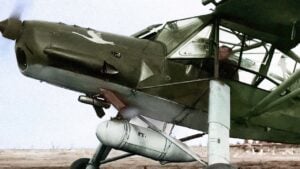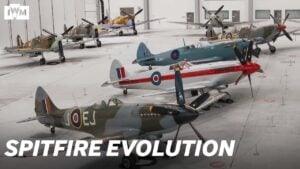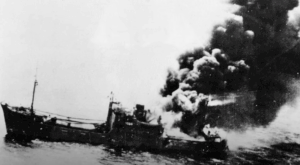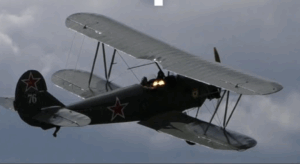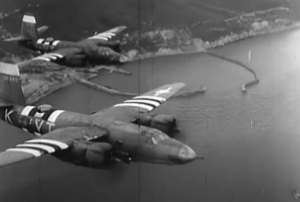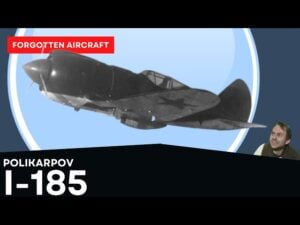How Two B-17s Got Stuck Together in Midair and One Pilot Lived to Tell the Tale
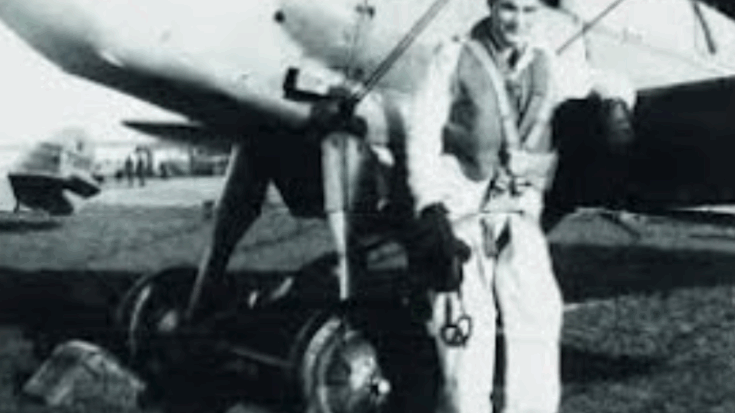
Mes_DroIts / YouTube
The Day Two Flying Fortresses Collided
In the final months of World War II, one of the strangest accidents in aviation history occurred high above Germany. During a bombing run, two American B-17 Flying Fortresses collided in midair and somehow became locked together. Against all logic, the pair stayed airborne long enough for one man to escape alive. This event remains one of the most haunting examples of both tragedy and endurance from the war.
The B-17 was one of Boeing’s most important wartime aircraft—strong, heavily armed, and known for bringing crews home even when badly damaged. It carried large bomb loads deep into enemy territory and was built to survive heavy gunfire and freezing altitudes. On that cold day in 1945, that toughness would be tested in a way no engineer had ever imagined.
Design Built for War
The B-17 was not made for beauty but for survival. With a wingspan of more than 100 feet, its aluminum body was packed with defensive guns, armor plates, and a complex network of cables and controls. The nose held the bombardier and the Norden bomb sight, while the fuselage carried the pilots, gunners, and radio operator. Every inch of the plane served a purpose—to keep it flying and fighting.
Inside, conditions were harsh. The temperature at high altitude could freeze skin in seconds, and the roar of four engines never stopped. The men wore thick flight suits and oxygen masks to breathe. Yet, despite the danger and discomfort, thousands of crews trusted the B-17 to carry them through skies filled with flak and enemy fighters.
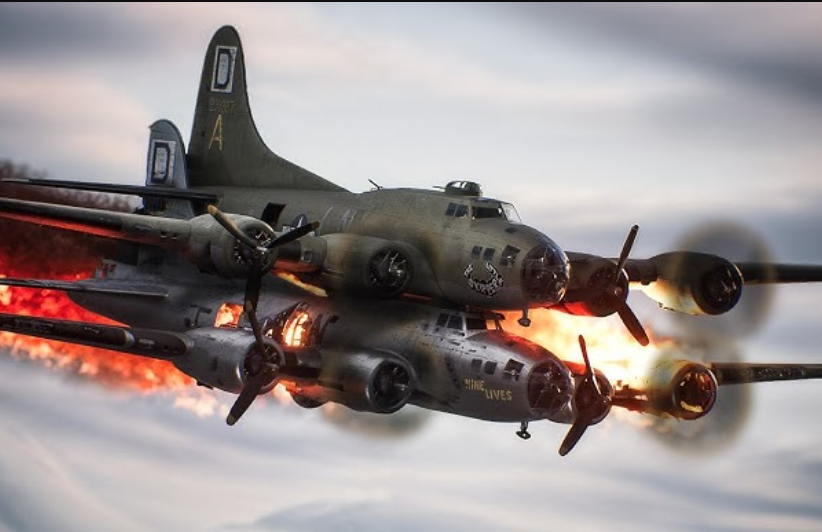
Collision in the Clouds
During one mission, two bombers from the 322nd Bomb Squadron were flying in close formation. Cloud cover and bursts of anti-aircraft fire made visibility almost impossible. As they turned for home, one aircraft suddenly rose beneath another. The nose of the lower bomber tore through the upper plane’s fuselage, instantly killing several crew members.
The impact should have destroyed both aircraft, but instead, something incredible happened—the two bombers locked together. The lower plane’s tail wedged into the top bomber’s body, creating a single, mangled shape drifting through the air. Engines from both aircraft continued running, allowing the strange hybrid to glide slowly downward.
Chaos Inside the Planes
The crews were thrown into confusion. In the upper bomber, the pilot felt a violent jolt and realized another aircraft was stuck beneath him. Panels shook loose, smoke filled the compartments, and control instruments shattered. Despite the chaos, he found that some of his controls still responded. With what little stability remained, he fought to keep the plane steady long enough for his surviving men to jump.
Inside the lower bomber, the situation was worse. Fire spread through the fuselage, trapping several crew members. Those who could, bailed out into the cold air. The combined aircraft continued its eerie flight—a pair of steel giants fused together, defying gravity for several more minutes before descending.
Strength Beyond Expectation
The B-17’s structure helped make this brief survival possible. Each of its four engines could run independently, and its self-sealing fuel tanks reduced the chance of explosions. Its aluminum frame and armor plating gave the aircraft both strength and flexibility. Even after losing major parts, the bomber could sometimes fly home on two engines. This rugged design allowed the fused planes to remain airborne far longer than expected.
The pilot who survived later said he fought to keep the aircraft stable until others could escape. His actions, along with the B-17’s remarkable construction, gave at least one man a chance to live.
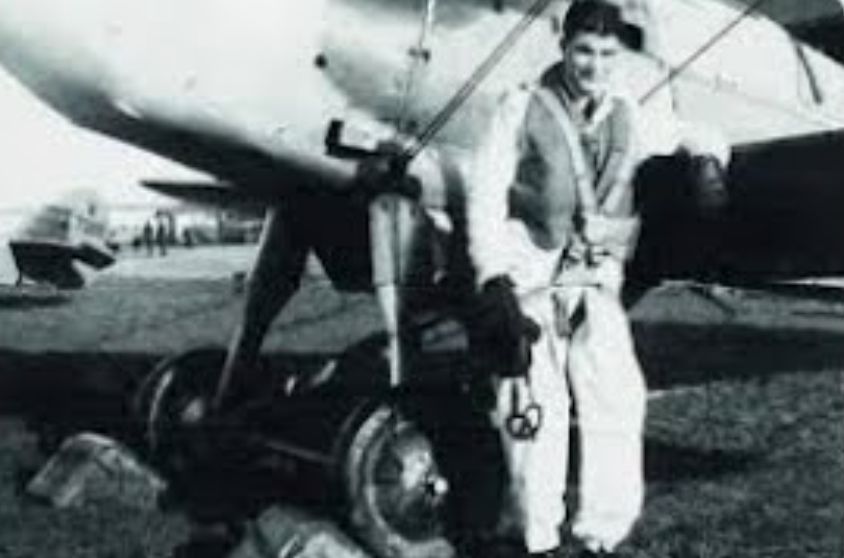
Engineering, Endurance, and Legacy
At the time, a B-17 cost around $238,000—equal to about $4 million today. Over 12,000 were built across American factories, a massive effort that represented not just military strength but national unity. Every rivet and bolt reflected the work of thousands who believed their efforts could help end the war.
Investigators later studied the accident to understand how it could happen. Tight formations, poor visibility, and the chaos of battle made collisions an ever-present risk. The “piggyback” crash became one of the strangest and most studied aerial incidents of the war. Photographs taken by nearby crews showed the two bombers locked together, a shocking image that looked more like fiction than fact.
Even decades later, the story of the joined B-17s stands as a powerful reminder of the dangers of wartime flight and the strength of the machines that carried men through it. Though only one pilot survived, the event revealed how the Flying Fortress lived up to its name—a plane so well built that even disaster could not instantly bring it down.














